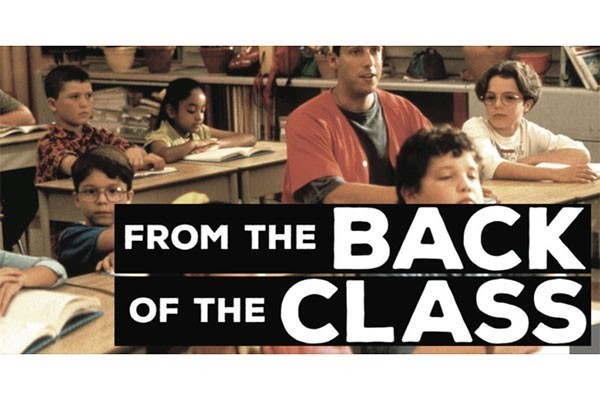I was going to write something different this week but, because I am a glutton for punishment, I ventured into the stuff.co.nz comments on a piece about the Tino Rangatiratanga flag — and what did I find? Only the same fucking idiots spouting the same fucking idiocy about Moriori that was discredited in the 60s, so, instead, I wrote about that.
The myth on the message boards and one you may have heard yourself is that Moriori — who lived on Rēkohu and Rangihaute in the Chatham Islands — were pre-Māori settlers of New Zealand who “the Māori” (apparently they’re a homogenous group) ate and wiped out. It’s been used by a certain type of European New Zealander to legitimise colonisation and oppression with a sort of schoolyard “nah but Māori did it first so you can’t complain” logic.
Current archaeology indicates that Moriori migrated to the Chathams from New Zealand in around 1500 — roughly 200 years after the first settlement of New Zealand. Moriori’s peak population was about 2000 and, to prevent inbreeding, marriage between first, second and third cousins was prohibited. Some male infants were castrated for birth control.
Isolated from the mainland, Moriori developed their unique culture based on a law of peace called Nunuku’s Law after the ancestor Nunuku-whenua. Moriori banned murder and the eating of human flesh because, when there’s only a few of you on an island, you can’t go around beating each other’s brains out and eating the jelly. Warfare is an immense drain on resources.
In 1791 the British ship Chatham called in at Rēkohu, marking the first contact with Europeans and Māori, some of whom settled on the islands and lived in relative peace with each other.
In 1835 this peace was shattered when Ngāti Mutunga and Ngāti Tama Māori from Taranaki arrived. They were very poor house-guests and immediately began killing and enslaving the Moriori. Even though the Moriori outnumbered the invaders two to one, they chose to obey Nunuku’s Law and did not fight back. One has to respect their integrity, I suppose, but the tribe was in serious danger of being wiped out. Finally, 28 years late, the government stepped in.
It was once thought that Moriori had died out in the 1930s, but since the 1990s Moriori have been rebuilding their culture, language and identity. In 2001 the Waitangi Tribunal recognised them as the indigenous people of the Chathams.



